Leaving Khorugh, there are two main options cyclists choose between for their continuation through the Pamirs. No matter what you do, you’re in for some serious (and seriously scenic) cycling, but you have to make a decision. You either stick to the M41, which is the actual Pamir Highway and the main road through the country. Or you keep following the Afghan border through the demanding but oh so picturesque Wakhan Corridor.
Both extremely appealing alternatives, and after having thought about it long and hard I decided to go with… Neither.
During a couple of rest days including a whole lot of map gazing, me and my current companions Karin and Fritz finally decided to try out a third option – the Shokhdara Valley. The more we looked into it, this alternative only seemed to become more and more intriguing compared to the others. There was one catch though. Noone ever really talks about this road. Let alone decides to ride it.
The reason for this was everything but clear to us. Were we missing something obvious here?
We decided to take a chance and find out.
…
If the whole thing turned out well?
Yes.
I wish you could all just crawl into wherever the memories of this place are stored in my brain. Or better, actually go there to see it for yourself. I have no way to share this experience in a way that would even come close to doing it justice. My words are too insufficent for me to even give it a try. And it’s not like my photos are doing a very good job either.
I did snap a lot of pictures though, and it would be a shame letting them go to waste.
So, here they are. Some small glimpses from the road.
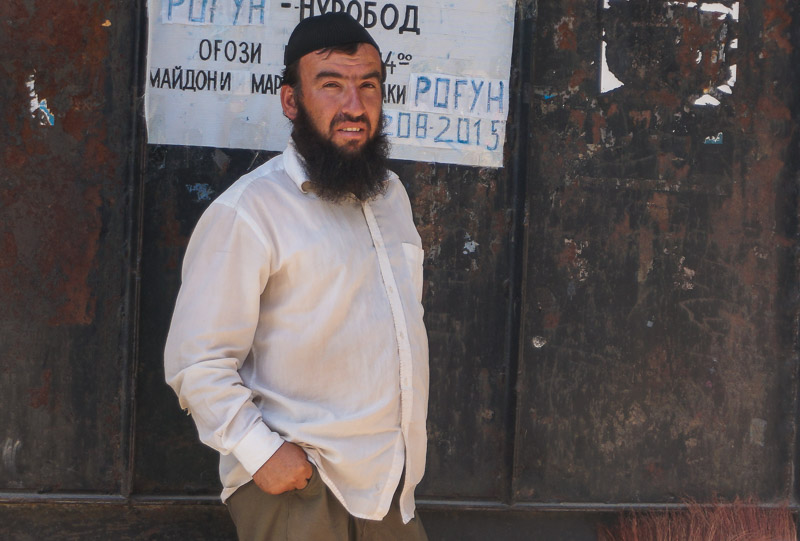
First day’s ride from Khorugh was an easy one. The road was still in decent shape, and all day long we rode pass small villages with people curious about the clowns rolling through town.
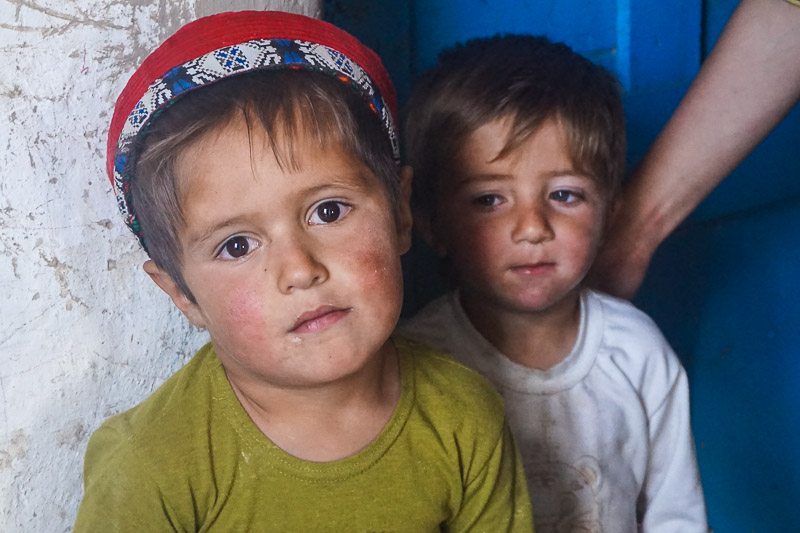
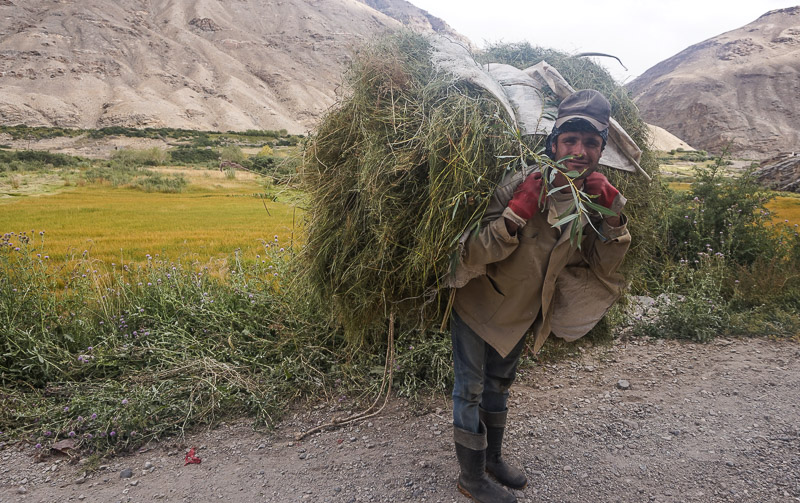
It’s not only the donkeys that are carrying too much weight in Tajikistan
That quickly changed though. Soon we had left civilisation and for a few days of hard riding we had the world completely to ourselves. Slowly we gained altitude and our surroundings went from simply being incredibly beautiful to… Well. Insert whatever superlative you can come up with here. I won’t do it, because it won’t be enough anyways.
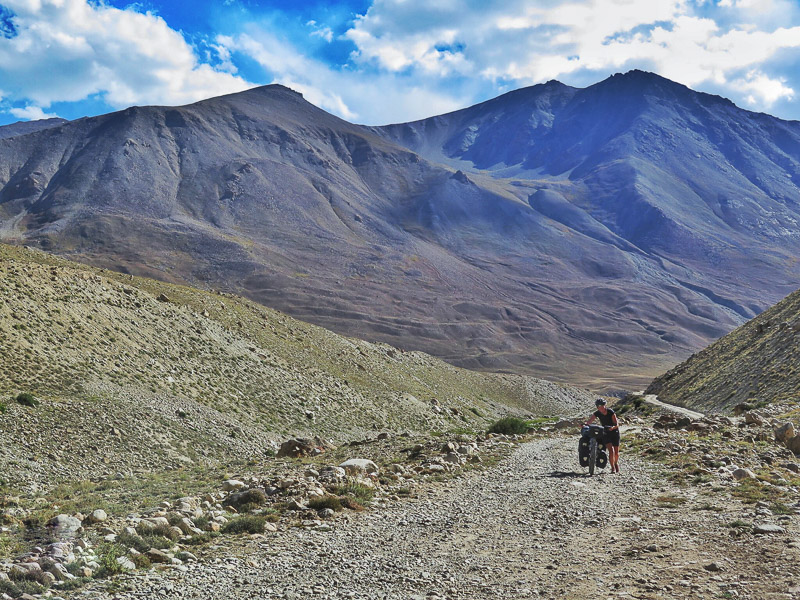
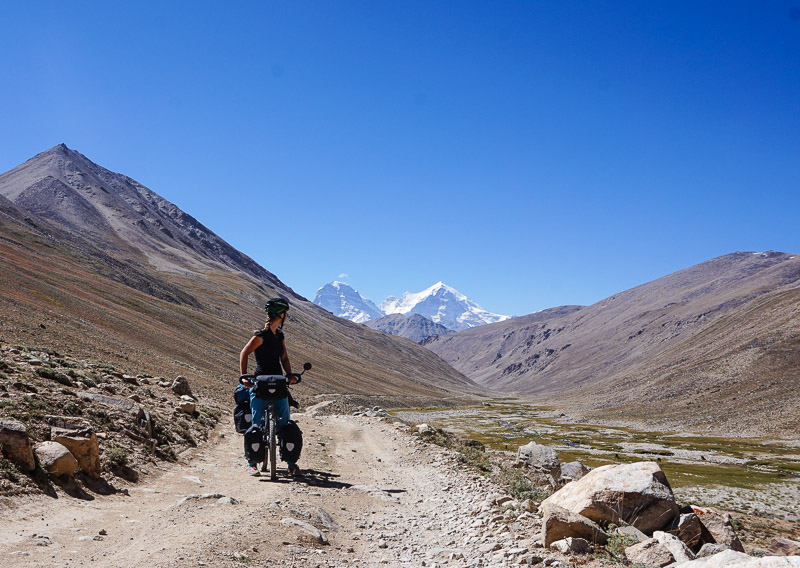
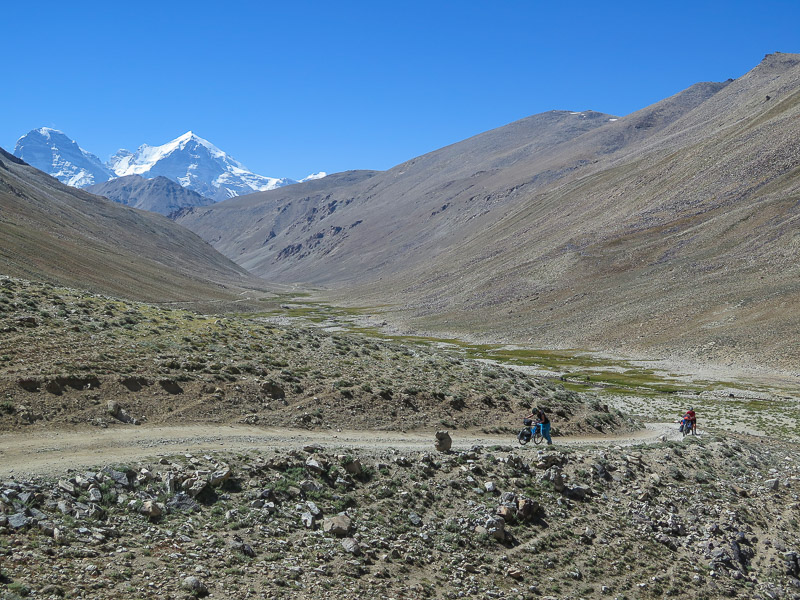
Despite of being up on some serious altitude, the sunny days were still warm and riding in a t-shirt was usually enough. Evenings started getting chilly though, and as soon as the sun disappeared behind the mountain tops, the temperature instantly dropped.
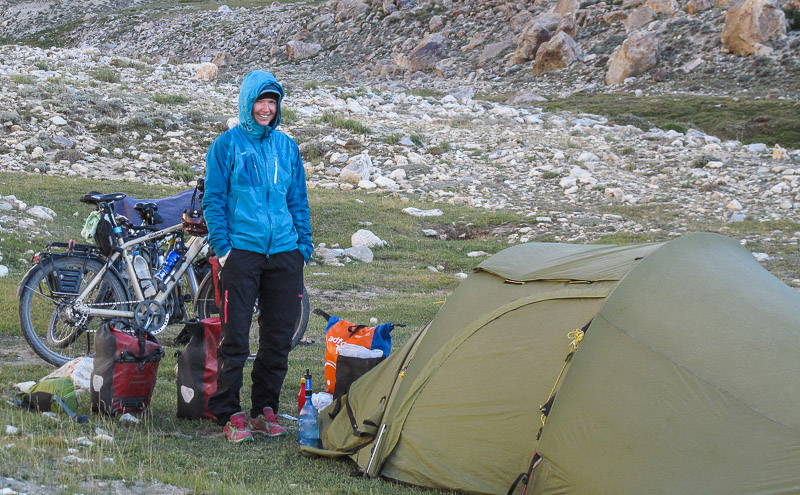
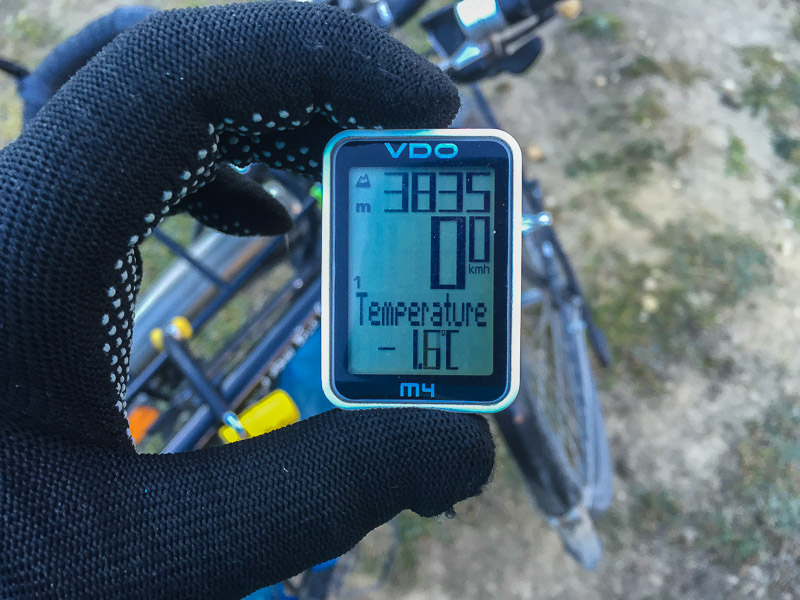
The temperature and the cozyness of my sleeping bag have a perfect reverse correlation…
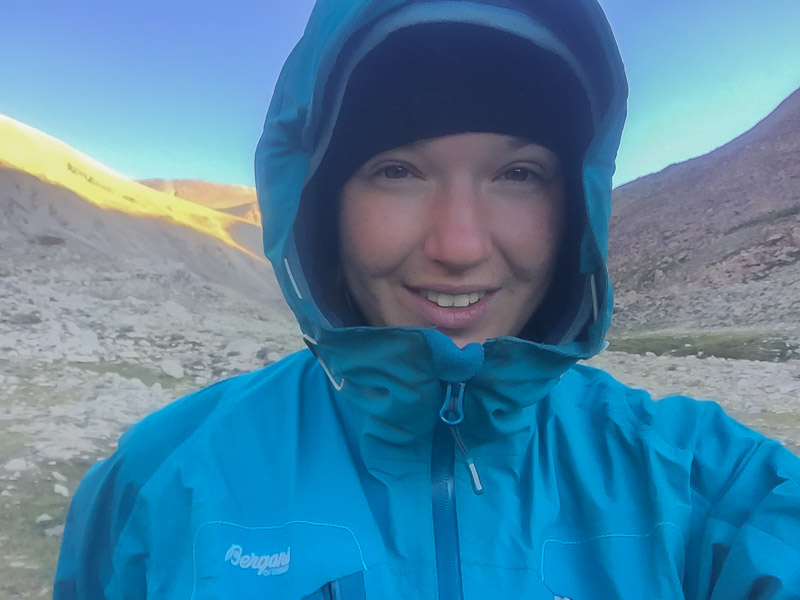
…and the crisp morning hours reminded me of those I had through northern Europe this spring
We kept on going.
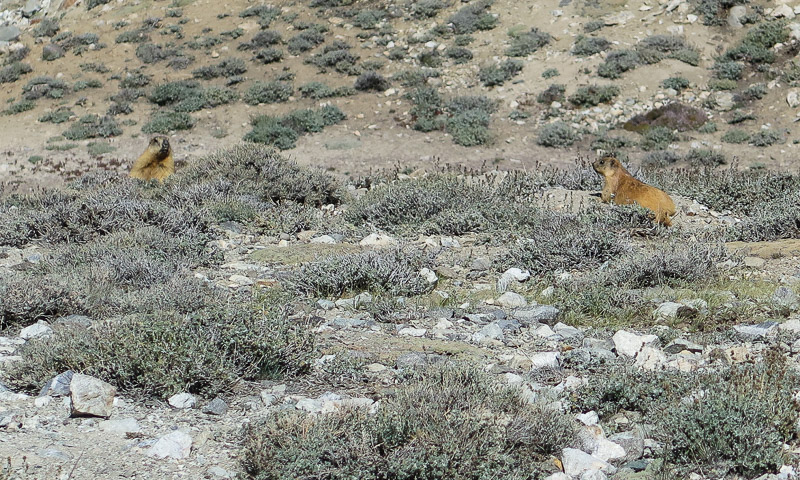
These little guys were everywhere! Cheering us on from beside the road
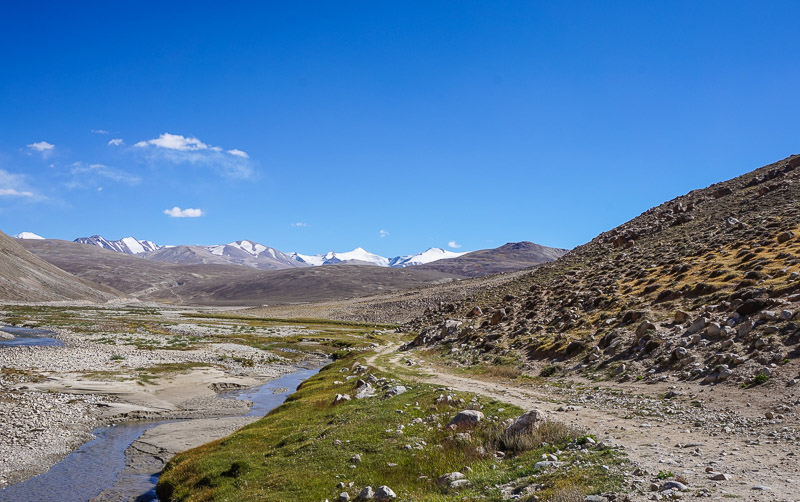
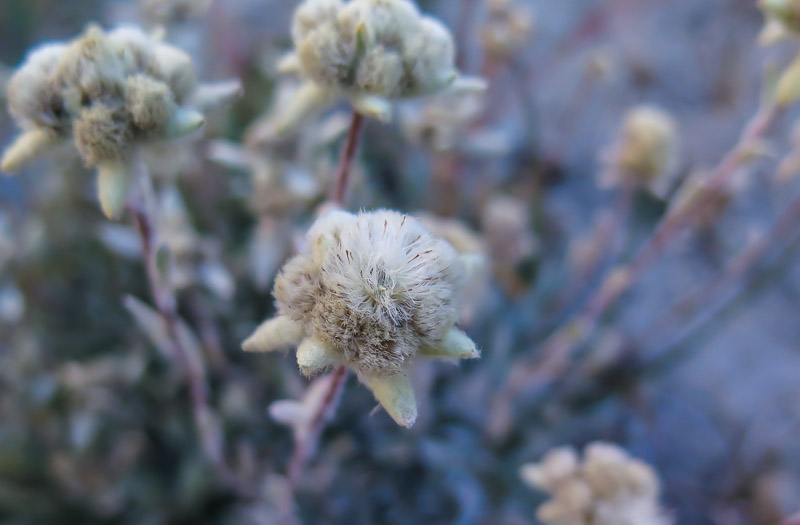
…And eventually made it up the plataue. The Pamir mountains are widely known as ‘The Roof Of The World’. Here for the first time, we really felt like that was exactly where we were.
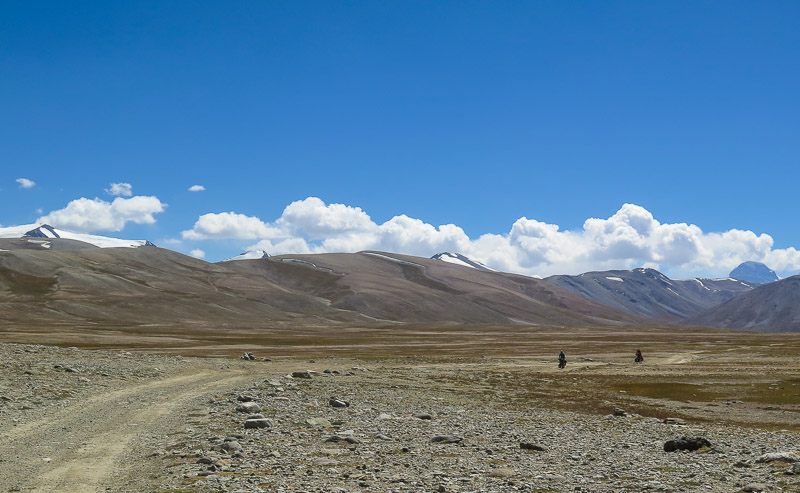
Soon enough we found ourselves on top of the Maisara Pass, our first one ever above 4 000 meters (4237 to be exact). We were all more or less affected by the altitude, but too in love with the place to get down. At that moment oxygen was not nearly as appealing as the magical atmosphere around the lake that had welcomed us at the top.
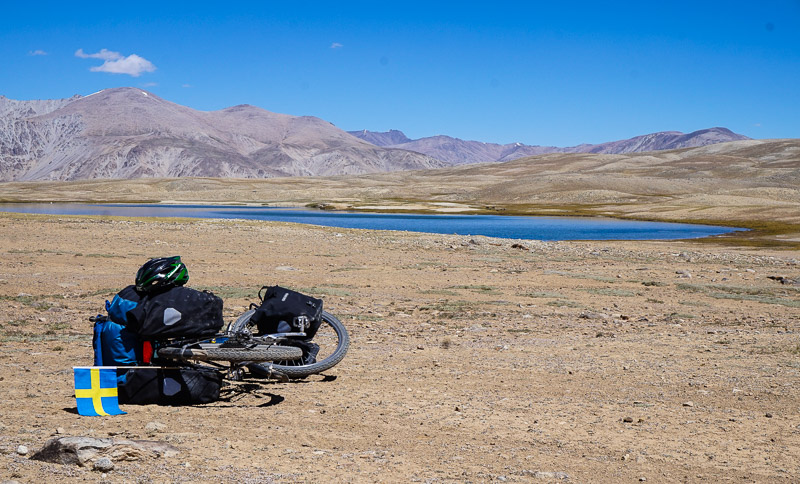
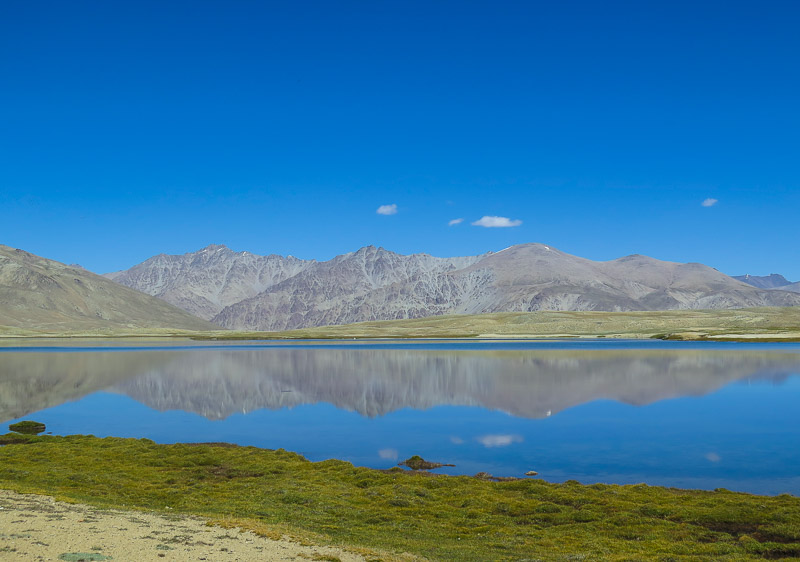
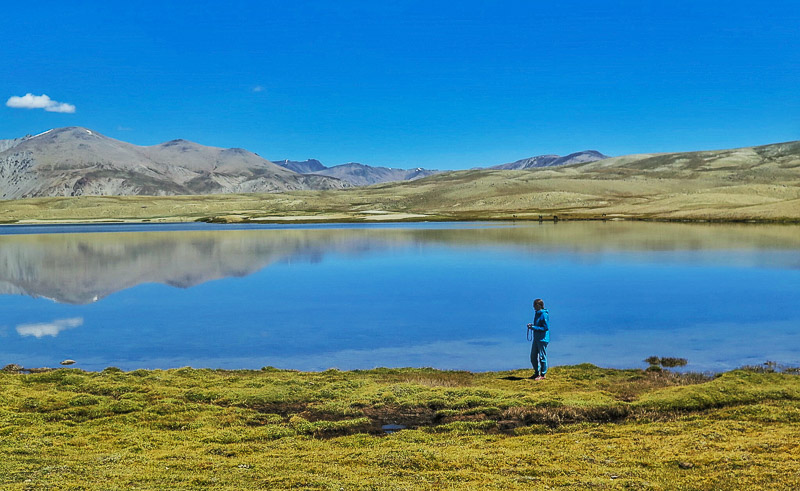
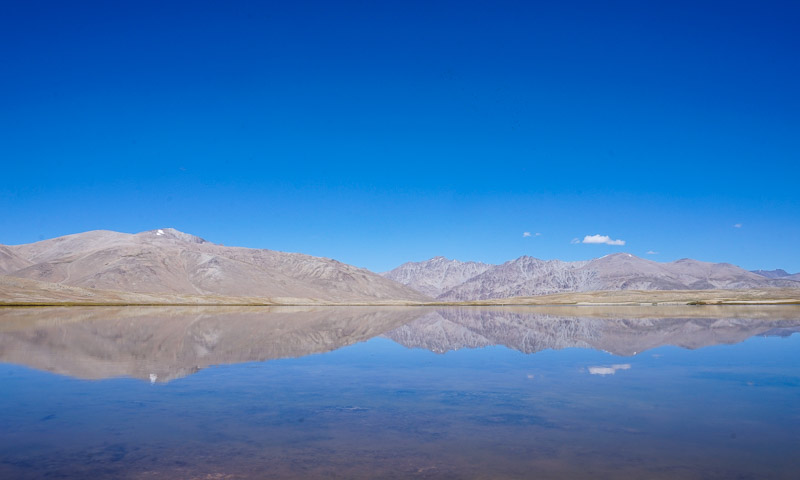
Eventually we did work out way down the other side. Something that prooved to be easier said than done.
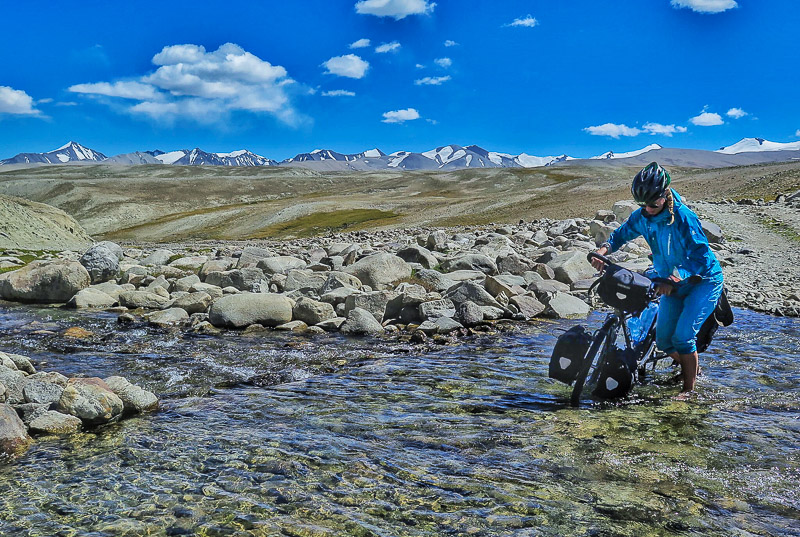
Going up these kind of roads is extremely time consuming. And going down, you’re not that much faster. After what was surely the most exhausting downhill I’ve ever ‘ridden’, we reached the junction that connected us back to the M41.
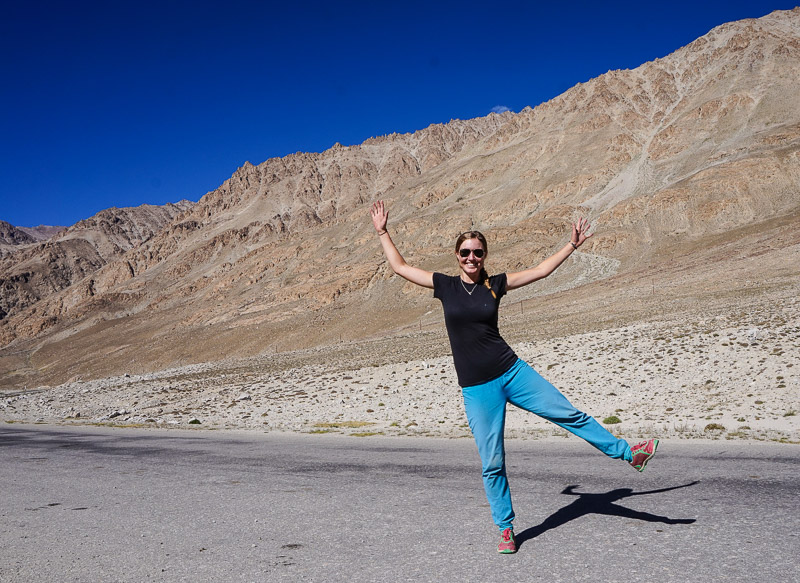
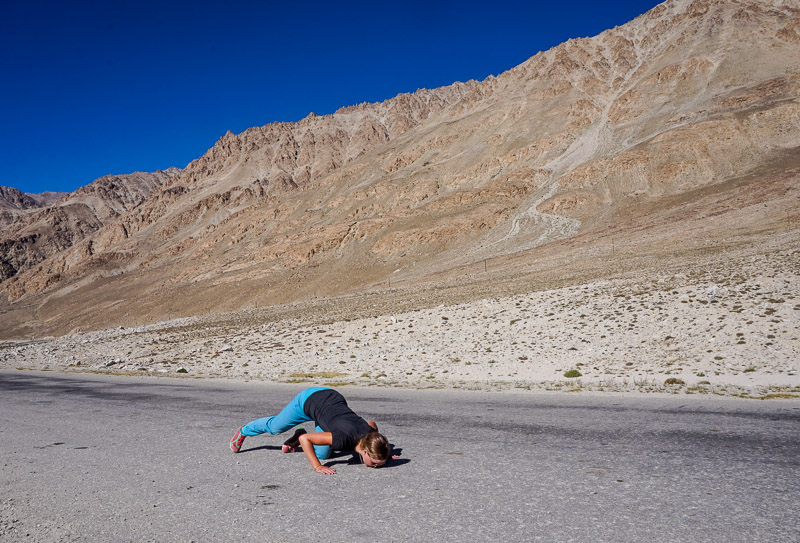
A happy reunion with an old friend of mine – pavement
To kick off our ride along the highway, we had another high pass to climb. This one on 4271 meters.
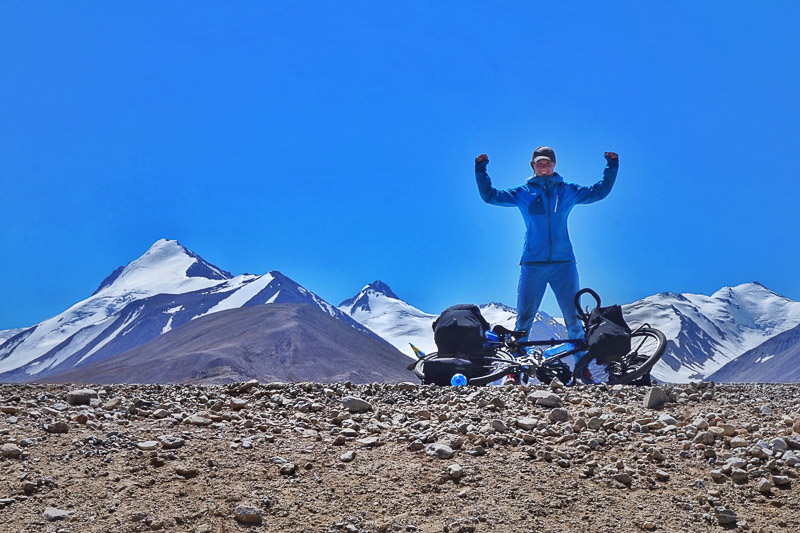
On top of the world. Emotionally even higher.
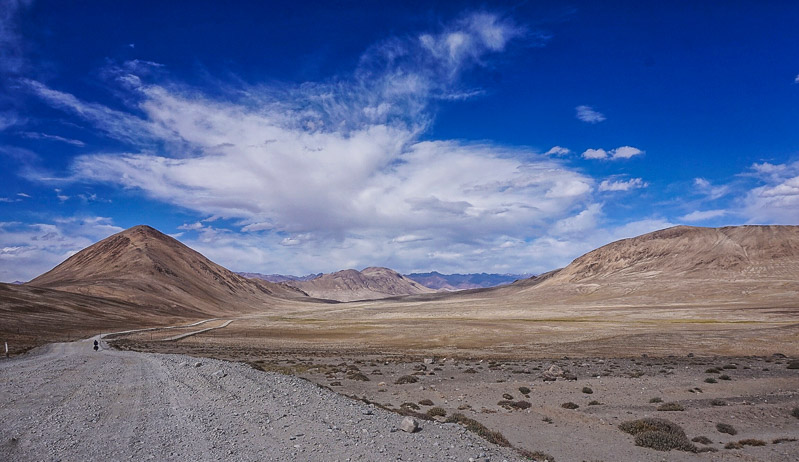
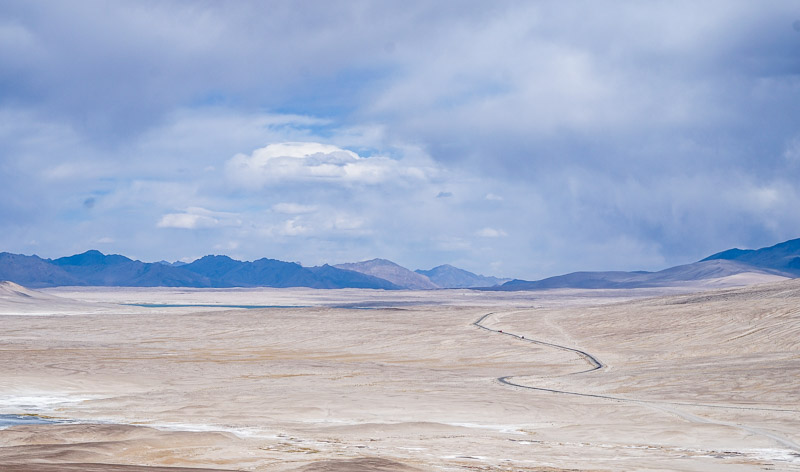
Late one evening we rolled into Alichur. A poor village high up above, right in the middle of the clouds. We stayed an extra day and got yet another first hand look of just how different the lives of the people are here, compared to what we experience in the safe and comfortable bubble we’re all embrased by back home in Europe.
No running water. No heating. The possibility to get a hold of something fresh to eat is next to none, except for maybe some potatoes and a few onions. And on occasion, a tomtao or two.
They did have electricity. 25 or so years ago. But since the dissolution of Soviet that piece of luxury is nothing but a memory. In recent years most houses have been provided with a small solar panel, thanks to which they are now able to carry mobile phones and keep a small light lit at night. Though usually they don’t. When the sun goes to sleep, so do they.
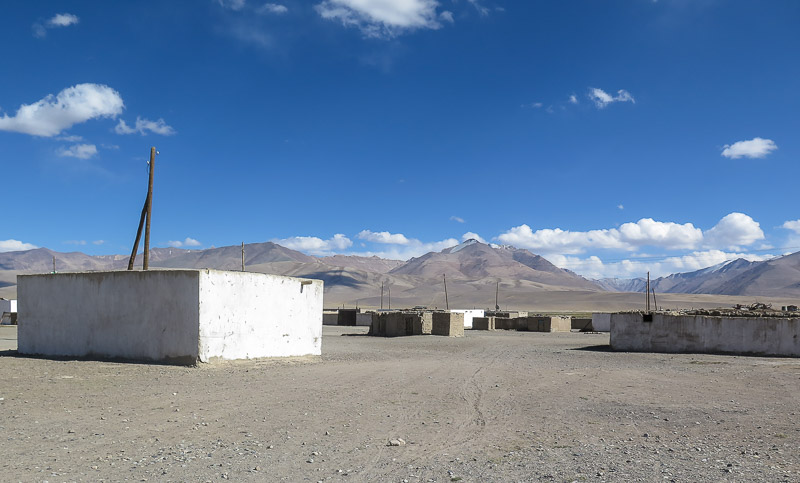
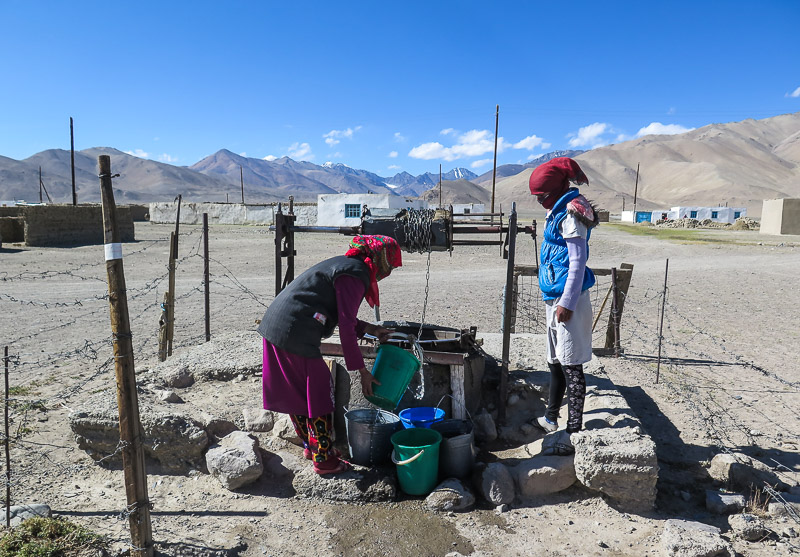
One of many morning chores – fetching water from the village well
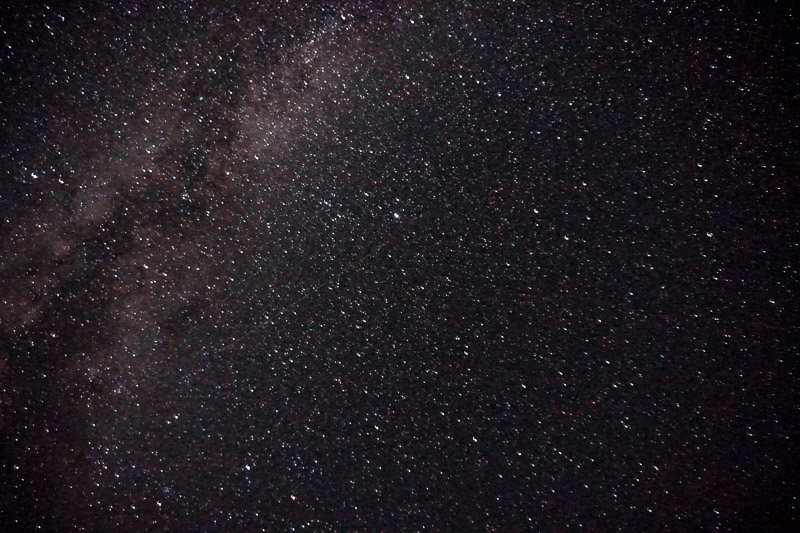
The night sky of a mountain village without electricity
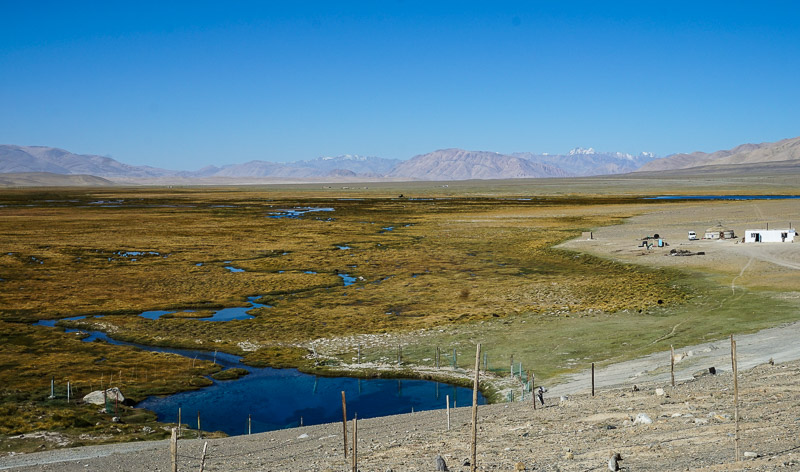
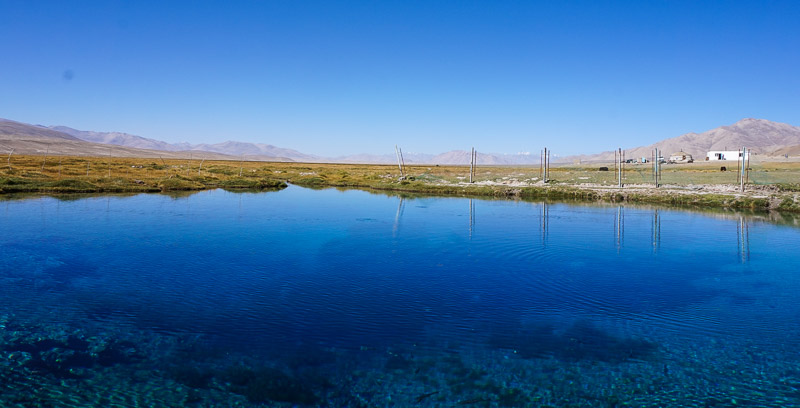
A blue hole, randomly popping up on almost 4000 meters altitude
After one day’s rest we were ready to hit the road again. Already the Pamirs had given us the cycling of our lives. All our dangerously high expectations had been exceeded time and time again. But our minds were already set on the road we now had laying ahead.
We never talked about this. Simply because I don’t anyone of us really dared to believe it. But what if? What if what we had been told was true?
What if maybe, maybe – we still had the best to come?
Fredrika

